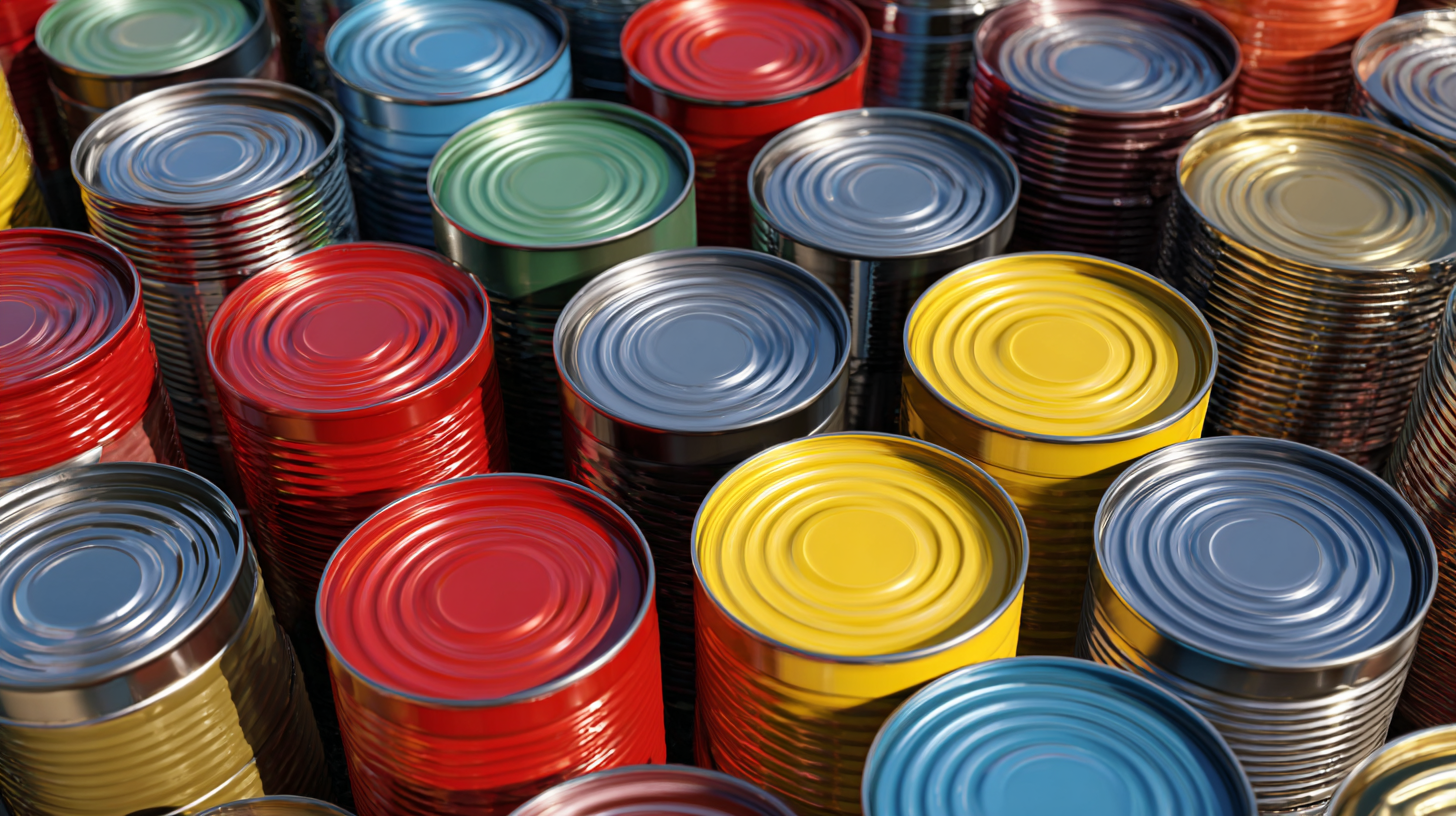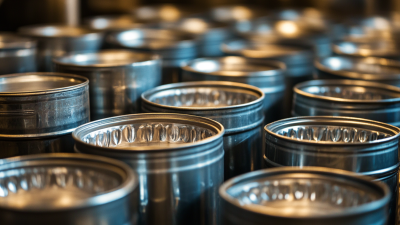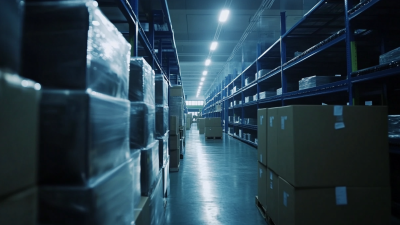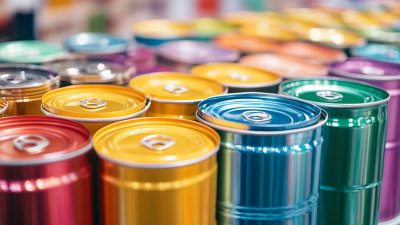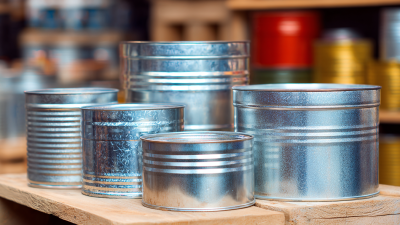 +817089618688
+817089618688
Free Standard Samples can be provided for you to check the quality.
Leave Your Message
In an increasingly eco-conscious world, the demand for sustainable packaging solutions has never been more pressing, and tin containers have emerged as a vital component of this movement. Unlike many traditional packaging materials, tin containers are not only recyclable but also reusable, minimizing waste and promoting a circular economy. Their durability ensures that products remain well-preserved, reducing spoilage and the need for excessive packaging.
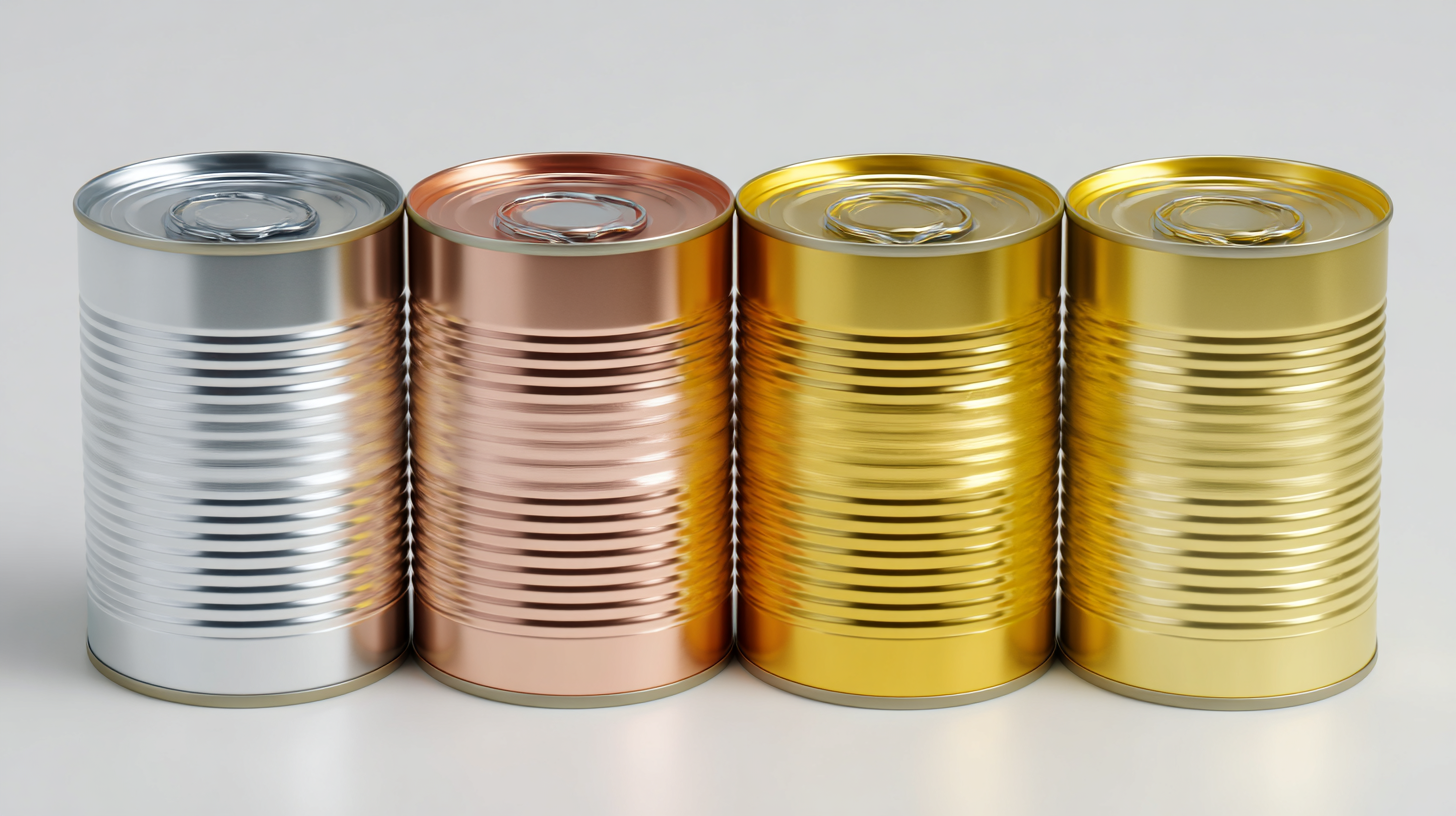 Additionally, tin containers provide an aesthetic appeal that enhances product presentation, making them an attractive choice for brands looking to appeal to environmentally aware consumers. As businesses strive to align their practices with sustainable principles, understanding the unique benefits of tin containers is essential for creating effective packaging strategies that contribute to environmental sustainability while meeting consumer demands. In this article, we will explore the various reasons why tin containers are essential for sustainable packaging solutions and how they can lead to a more sustainable future for the industry.
Additionally, tin containers provide an aesthetic appeal that enhances product presentation, making them an attractive choice for brands looking to appeal to environmentally aware consumers. As businesses strive to align their practices with sustainable principles, understanding the unique benefits of tin containers is essential for creating effective packaging strategies that contribute to environmental sustainability while meeting consumer demands. In this article, we will explore the various reasons why tin containers are essential for sustainable packaging solutions and how they can lead to a more sustainable future for the industry.
Tin containers are increasingly recognized for their eco-friendly benefits in sustainable packaging. Unlike plastic, which can take hundreds of years to decompose, tin is fully recyclable and can be reused indefinitely without losing quality. According to the Tinplate Market Research Report, it is estimated that recycling tin can save up to 95% of the energy required to produce new tin from raw materials. This significant energy saving not only reduces carbon emissions but also conserves valuable natural resources, making tin an environmentally superior choice.
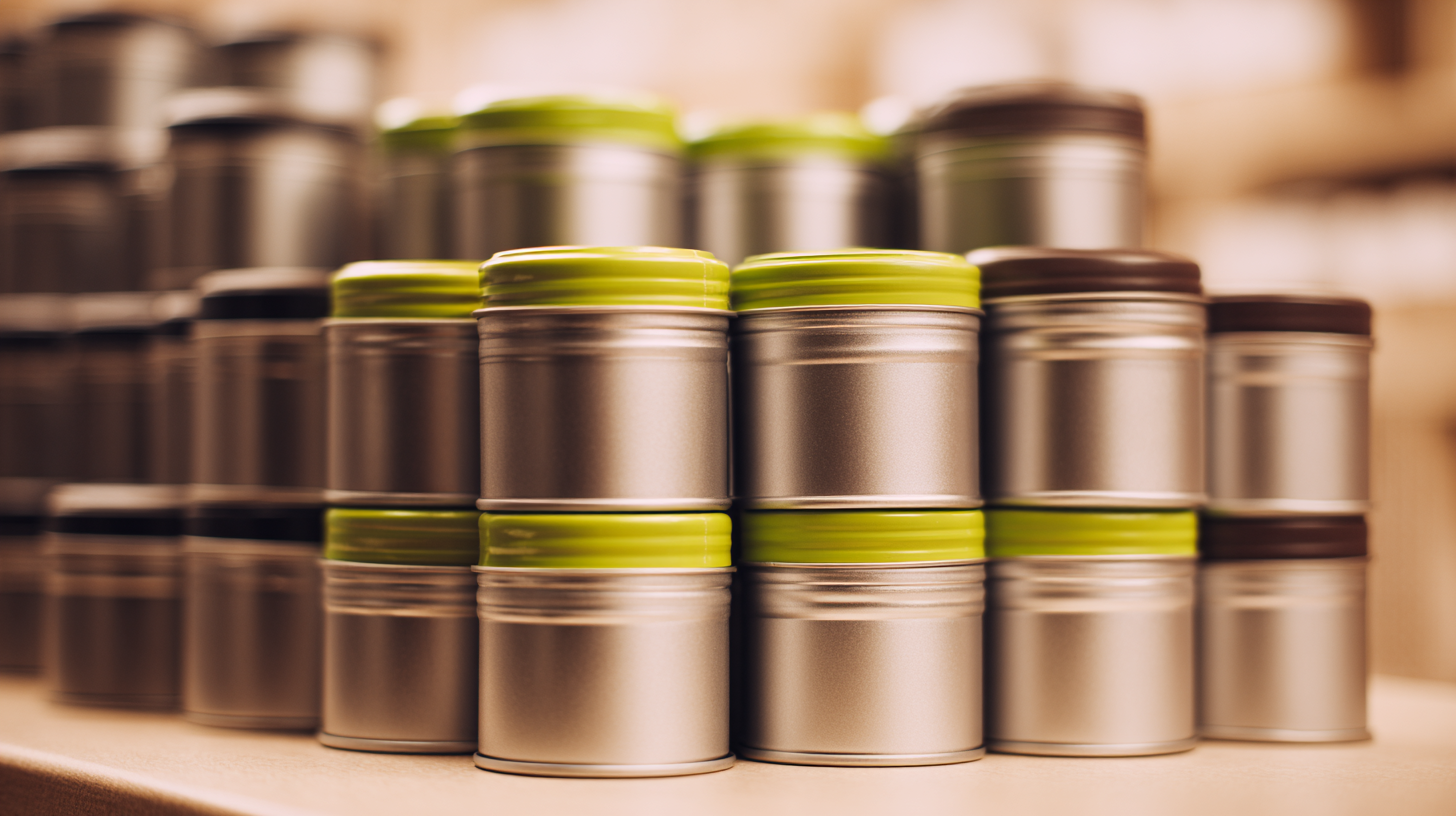
Moreover, tin containers are lightweight and durable, reducing transportation costs and emissions associated with shipping. A study published in the Journal of Sustainable Packaging indicates that lightweight materials lead to a decrease in fuel consumption during transit. This aspect further supports the sustainability credentials of tin containers, making them not just a better option for the environment but also economically viable for businesses.
Tip: When considering packaging options, look for suppliers that are committed to using tin containers with high recycled content to enhance your product's sustainability profile.
Tip: To maximize the eco-friendliness of your packaging, implement a take-back program. Encourage customers to return used tin containers for recycling, thus promoting a circular economy.
Tin containers are increasingly recognized for their crucial role in combating plastic waste and pollution. As consumers become more environmentally conscious, the demand for sustainable packaging solutions has surged. Tin, being a recyclable material, offers a viable alternative to single-use plastics that contribute significantly to environmental degradation. While plastic waste often ends up in landfills or oceans, resulting in harmful effects on wildlife and ecosystems, tin containers can be recycled infinitely without losing quality. This characteristic significantly minimizes their environmental footprint.
Moreover, the durability and reusability of tin containers further enhance their appeal as sustainable packaging options. Unlike plastic, which can break down into microplastics, tin can be repurposed multiple times, thus extending its life cycle and reducing the overall need for new materials. Many brands are now opting for tin packaging to demonstrate their commitment to sustainability and reduce their ecological impact, paving the way for more responsible consumption habits. By embracing tin containers, businesses not only align themselves with eco-friendly practices but also contribute to a broader initiative aimed at reducing plastic pollution globally.
Tin containers are increasingly recognized for their durability and reusability, making them a vital part of sustainable packaging solutions. Their robust nature allows them to withstand various environmental factors, ensuring that products are effectively protected during transportation and storage. Unlike many single-use packaging options, tin containers can be reused multiple times, which not only reduces waste but also minimizes the consumption of raw materials needed for new packaging. This longevity in usage significantly contributes to a more sustainable approach in various industries.
Moreover, the versatility of tin containers makes them suitable for a wide range of products, from food items to cosmetics and household goods. They can be easily cleaned and repurposed, encouraging consumers to adopt more sustainable habits. Brands that utilize tin containers not only showcase their commitment to eco-friendly practices but also appeal to environmentally conscious consumers. By prioritizing durability and reusability, tin containers play a crucial role in promoting a circular economy, where the lifecycle of packaging is extended, and resources are utilized more efficiently.
| Dimension | Description | Sustainability Factor |
|---|---|---|
| Material | Tinplate Steel | 100% recyclable |
| Durability | Resistant to rust and corrosion | Long lifespan |
| Reusability | Can be used multiple times for storage | Reduces waste |
| Weight | Lightweight and easy to transport | Lower carbon footprint |
| Versatility | Suitable for various products (food, cosmetics, etc.) | Broad applicability |
| Aesthetic Appeal | Customizable designs | Encourages reuse |
| Health Safety | Non-toxic and safe for food contact | Consumer safety |
Tin containers are gaining traction across various industries as eco-conscious practices take center stage. Their recyclability is one of the key factors driving this trend; tin is infinitely recyclable without loss of quality. According to the Steel Recycling Institute, recycled tin saves over 70% of the energy required to create new materials from ore. As brands increasingly adopt sustainable packaging solutions, tin containers are being utilized in food preservation, cosmetic packaging, and even in the beverage sector, where brands are innovating to enhance both shelf life and environmental responsibility.
In the beauty industry, for instance, many cosmetic companies are switching to tin containers for creams and balms, offering a sustainable alternative to plastic. Not only do these containers maintain product integrity, but they also appeal to consumers who are increasingly making purchasing decisions based on a brand's environmental footprint. A study by Nielsen indicates that 66% of global consumers are willing to pay more for sustainable products, showcasing the market potential for those who invest in eco-friendly packaging.
**Tip:** When considering tin containers for your products, ensure that you highlight their recyclable nature on your packaging. This not only informs consumers about their eco-friendly choice but also aligns your brand with the growing sustainability movement. Additionally, explore creative designs that can be re-used by customers, promoting a circular economy.
**Tip:** Collaborate with local suppliers for your tin container needs to reduce your carbon footprint. Sourcing materials closer to home not only shortens transport distances but also supports local economies and reduces overall environmental impact.
Consumer trends are increasingly shifting toward sustainable packaging solutions, with a notable surge in the demand for tin containers. According to a report by Grand View Research, the sustainable packaging market is projected to reach approximately $500 billion by 2028, with metal packaging, particularly tin, playing a significant role in this growth. Tin containers are not only recyclable but also boast a longer shelf life for products, making them an ideal choice for eco-conscious brands and consumers alike.
The versatility of tin containers appeals to a wide range of industries, from food and beverage to cosmetics and pharmaceuticals. A survey conducted by Packaging Strategies highlights that 71% of consumers are more likely to purchase products packaged in sustainable materials, signaling a clear market preference for tin and other recyclable options. As brands pivot to meet these expectations, incorporating tin containers into their packaging strategies can enhance brand loyalty and resonate with environmentally minded consumers.
**Tips:** When choosing tin containers, look for those made with a high percentage of recycled materials to further enhance sustainability. Additionally, consider designing for reuse; containers that can be repurposed appeal to consumers seeking to minimize waste. Lastly, educate your customers on the recyclability of tin, as informed consumers are more likely to support brands that align with their values.
